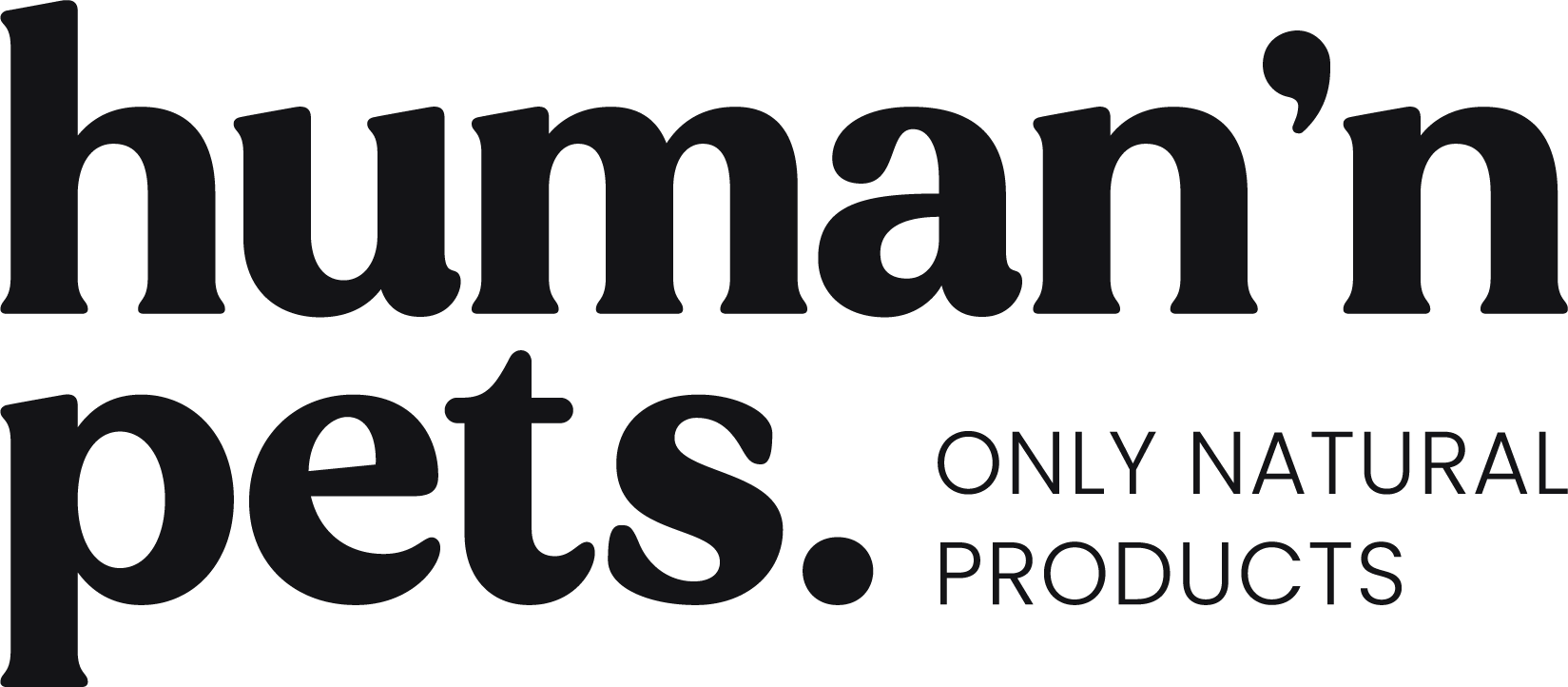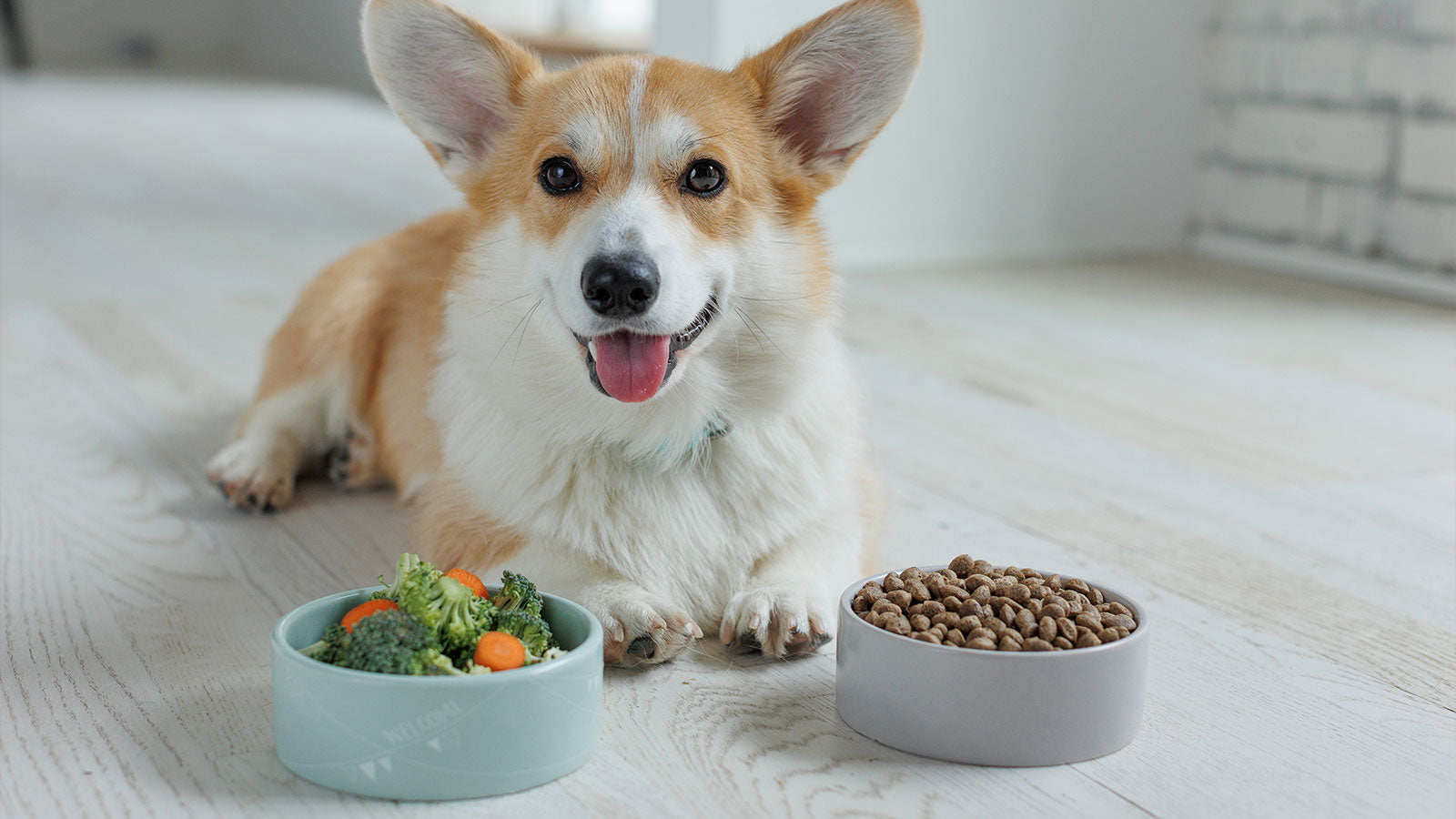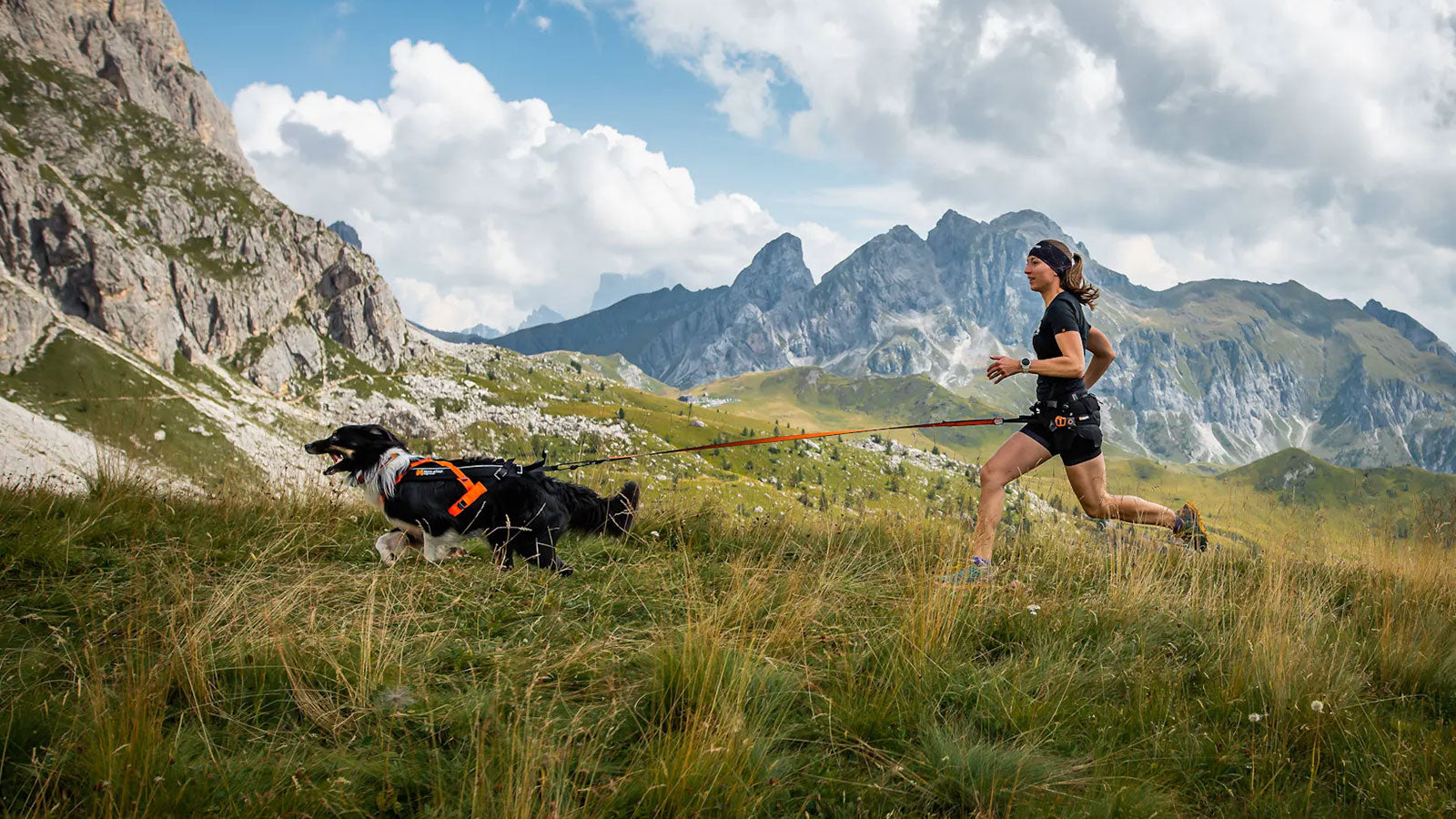As pet owners, we all want to provide the best possible nutrition for our pets. One question that often arises is whether it’s safe or beneficial to feed raw and dry or canned food simultaneously.
Too bored to read the article? Listen to it!
While the idea of combining these types of food might seem convenient, it is important to understand the potential risks associated with this practice. This article will delve into why feeding processed foods alongside raw diets may not be ideal for your pet’s health.
The Importance of a Species-Appropriate Diet
Pets like cats and dogs are naturally designed to thrive on a diet primarily composed of animal proteins and fats. In the wild, a pet’s natural prey is typically high in protein, moderate in fat, and very low in carbohydrates. Their digestive systems are optimized for processing these nutrients efficiently. When we feed our pets a diet that aligns with these natural requirements, such as a raw food diet, we are supporting their digestive systems' ability to function optimally.
However, the modern convenience of dry or canned foods has introduced significant amounts of carbohydrates into the average pet’s diet. Although pets can metabolize carbohydrates, their ability to digest and utilize them efficiently is limited. When a pet consumes high-carbohydrate foods, especially in combination with raw foods, several issues can arise that may negate the benefits of a raw diet.
The Problem with Combining Raw and Processed Foods
Feeding processed foods, particularly those high in carbohydrates, along with raw foods can disrupt the delicate balance of your pet’s digestive system. The first stage of digestion occurs in the stomach, where the acidic environment (with a pH of around 2) is crucial for breaking down proteins and killing harmful bacteria. This acidity is largely maintained by the presence of animal proteins in the diet.
When a pet’s diet is high in carbohydrates and plant-based proteins, the stomach's acidity decreases, potentially rising to a pH of 4 or higher. This less acidic environment can cause several problems:
- Delayed Gastric Emptying: A higher pH level in the stomach slows down the digestive process, leading to food staying in the stomach longer than it should. This can result in the incomplete breakdown of raw meat and bones, which are typically well-digested in a more acidic environment.
- Bacterial Overgrowth: The less acidic stomach environment may fail to neutralize harmful bacteria present in raw meat, increasing the risk of bacterial infections. This is particularly concerning when raw and processed foods are mixed, as the processing and carbohydrate content in dry food can exacerbate the problem.
- Malabsorption of Nutrients: The efficiency of nutrient absorption in the small intestine is highly dependent on the stomach's ability to properly acidify its contents. A less acidic stomach means that the pancreatic and liver enzymes, which aid in digestion, are not triggered effectively, leading to maldigestion and malabsorption of essential nutrients. This can deprive your pet of vital fat-soluble vitamins such as A, D, E, and K, which are crucial for overall health.
The Impact on Gut Health and Immunity
The gut flora, or the community of microorganisms living in your pet’s digestive tract, plays a significant role in overall health and immunity. The altered pH levels resulting from a mixed diet can disrupt this delicate balance, leading to an overgrowth of harmful bacteria. This dysbiosis can compromise your pet’s immune system, making them more susceptible to various health issues.
Additionally, the undigested carbohydrates from processed foods can ferment in the intestines, leading to further acidity and an unhealthy digestive environment. This continuous disruption in the digestive tract can contribute to chronic gastrointestinal issues and other health problems over time.
Transitioning to a Raw Diet: Proceed with Caution
While transitioning your pet to a raw diet, it is essential to avoid mixing raw and processed foods. Instead, gradually introduce raw food by starting with high-quality canned foods that contain a higher meat content and fewer carbohydrates. As your pet becomes accustomed to the new diet, you can slowly increase the amount of raw food while phasing out the processed food.
If you are committed to feeding your pet a raw diet, it is best to remove dry processed food entirely from their diet. By doing so, you help ensure that your pet's digestive system remains efficient and that they can fully benefit from the nutritional advantages of raw feeding.
Conclusion
Feeding a mixed diet of raw and processed foods can lead to significant digestive issues and compromise your pet’s overall health. Pets are biologically designed to thrive on a diet rich in animal proteins and fats, and their digestive systems are finely tuned to process these nutrients efficiently. By sticking to a species-appropriate diet and avoiding the combination of raw and processed foods, you can help your pet enjoy better digestion, improved immunity, and optimal health.






Share:
Switching Your Senior Dog to a Raw Diet: A Comprehensive Guide